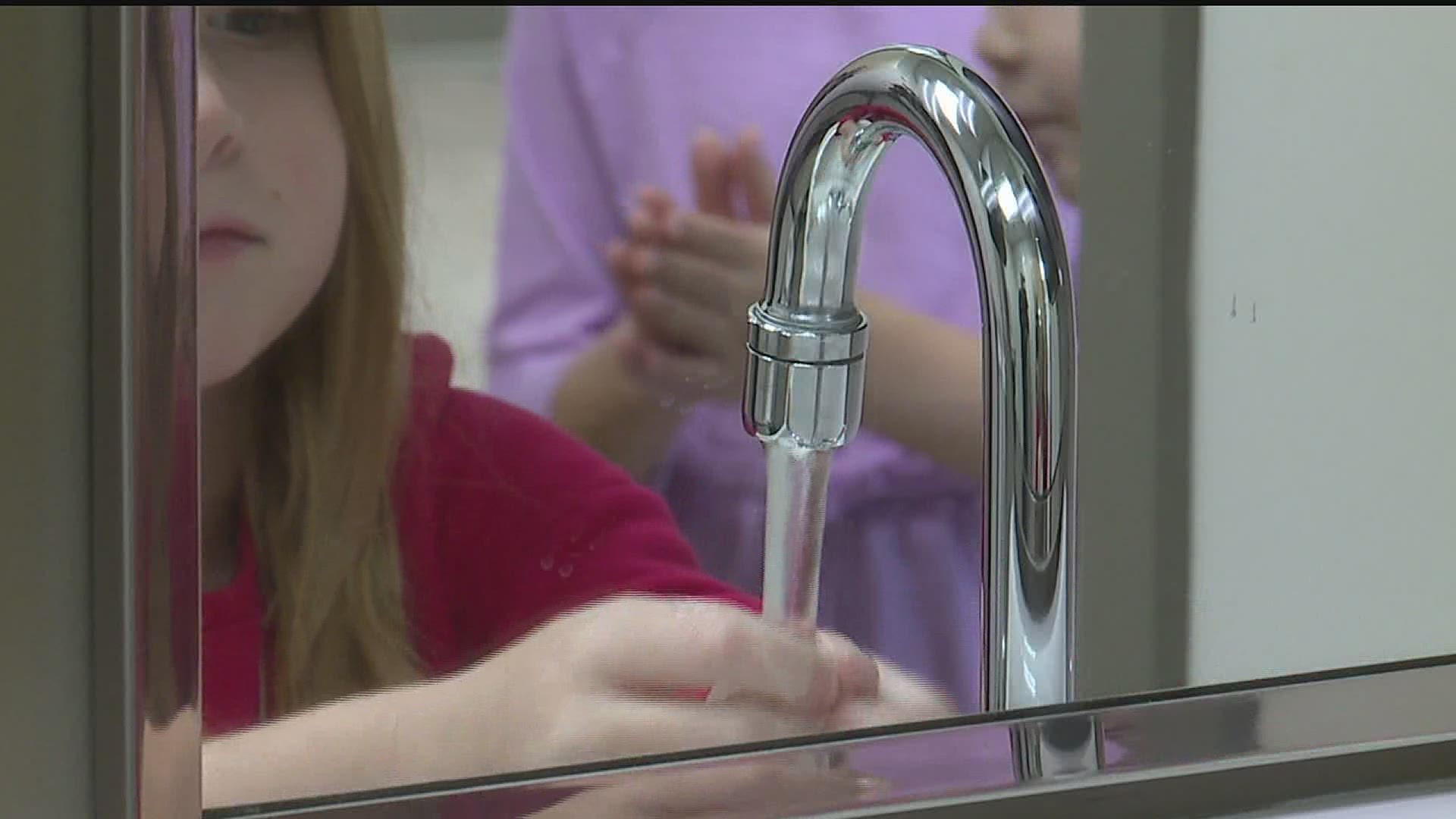Hand washing is one of the simplest and most important things we can do as community members to try and help stop the spread of germs we pick up on a day to day basis. However, experts say washing your hands is also one of the easiest things to mess up.
"We're all a little guilty of rushing through the hand washing process a little bit," said Dr. Creston Tate of Wellspan. He said educating the public is key, so they often use a teaching aid to give people a clearer picture of how pesky germs can really be. It's called GermGlo. It's a lotion that has florescent beads in it to represent germs. You put it on, wash your hands, dry, and then use a black light to see what germs you missed.
Liz Pappion is a mother of 2, and even though she did a great job washing her hands, they still weren't perfectly clean.
"I went all over, got the fronts and backs like you're supposed to and there are definitely a few still hanging on, so I was surprised," Pappion said.
"It's very rare that I have somebody have no bead at all on their hands. It's been invaluable as far as being able to put eyes on what we are talking about, so it's always good to see things in real life," said Dr. Tate.
So how do we wash our hands properly?
1. First, wet your hands. This is important because soap works more efficiently on damp hands rather than dry ones.
2. Use hot or lukewarm water, but cold water will also work.
3. Make sure the soap gets underneath your fingernails, the back of your hands and around the cracks and crevices, especially cuticles. (If you wear rings, make sure you clean under them!!)
4. Wash for a minimum of 15 seconds, up to 30. (Have kids sing the ABC's)
5. Rinse
6. Dry with a clean towel.

